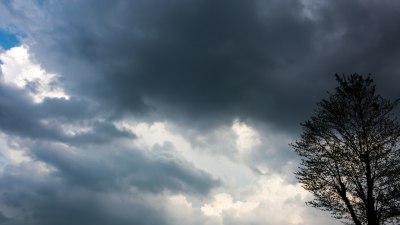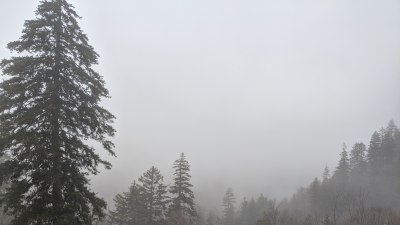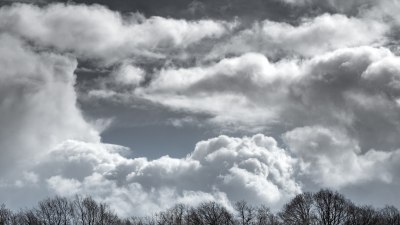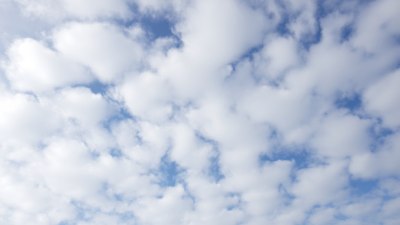Why Some Parts of Africa Have More Lightning Strikes Than Anywhere Else
Explore the factors leading to Africa's high lightning strike frequency.
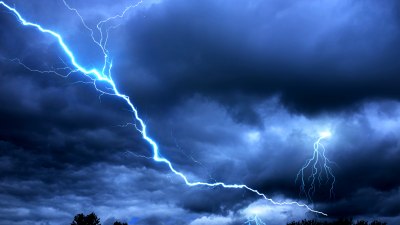
Lightning strikes are a fascinating natural phenomenon, but their frequency varies significantly across the globe. Africa, in particular, emerges as a hotspot for lightning activity, with certain regions experiencing more strikes than anywhere else on the planet. Understanding the reasons behind this disparity involves analyzing climatic, geographical, and environmental factors that contribute to the intensity of thunderstorms.
One key region known for its high lightning frequency is the Congo Basin in Central Africa. Studies indicate that the Congo experiences some of the highest concentrations of lightning strikes globally. Several factors contribute to this phenomenon. The warm, humid climate of the Congo promotes the development of deep convective clouds, which are essential for thunderstorm formation. Additionally, the topography of the region, characterized by vast forests, provides ideal conditions for the development of these storms.
The interplay between temperature and moisture is another crucial element in understanding lightning activity. The Intertropical Convergence Zone (ITCZ) plays a vital role in this process. The ITCZ is a belt of low pressure that encircles the Earth near the equator, where the trade winds from the Northern and Southern Hemispheres converge. This zone experiences significant solar heating, leading to the ascending of warm, moist air. As this air rises, it cools and condenses, forming clouds and precipitation, which in turn can lead to thunderstorms.
When discussing the factors contributing to elevated lightning strikes in Africa, it is essential to take into account the seasonality of thunderstorms. In many parts of Africa, particularly in the tropics, there is a distinct wet and dry season. During the wet season, the combination of heat and moisture creates prime conditions for thunderstorms to develop, resulting in an uptick in lightning activity. Conversely, during dry seasons, lightning strikes are far less frequent.
Another contributing factor is the unique vegetation found in many African regions, particularly in the savannah and forested areas. These ecosystems influence the local weather patterns, including rainfall and temperature, providing suitable settings for the development of thunderstorms. For instance, the presence of large expanses of trees can enhance the local humidity, further supporting the proliferation of thunderstorm development.
The interaction between land and atmospheric conditions also plays a crucial role in lightning occurrence. The thermal properties of different surfaces, such as water bodies, forests, and urban areas, can influence local weather patterns. Urban heat islands are areas where human activities have led to elevated temperatures, creating localized effects that can modify storm formation. Studies show that cities in Africa can experience increased thunderstorm activity compared to surrounding rural areas.
Temperature also significantly impacts lightning frequency. Warmer temperatures enhance convective activity, which is crucial for thunderstorms. Research suggests that regions with higher average temperatures are more likely to experience intense electrical activity due to the increased instability in the atmosphere. For example, northern and eastern Africa, which have higher average temperatures, correspondingly exhibit greater lightning activity.
The role of climate change can also not be overlooked. As global temperatures rise, the frequency and intensity of storms are expected to change. Predicted increases in humidity and temperature could lead to more frequent thunderstorms and, consequently, increased lightning strikes in certain African regions. The relationship between climate change and lightning activity is complex, and ongoing research aims to unravel these connections.
In addition to these natural factors, local human activities can influence lightning frequency. For example, land-use changes such as deforestation, urbanization, and agricultural practices can alter the natural landscape and, in turn, impact weather patterns. Deforestation can lead to reduced moisture in the atmosphere, potentially decreasing lightning occurrences; however, urbanization can create conditions conducive to increased lightning strikes due to the localized heating effects of cities.
African cultures have traditionally acknowledged the role of lightning in their environments. Many communities have myths and stories associated with lightning, viewing it as a powerful force of nature. While Western science explains lightning through meteorology, indigenous perspectives often emphasize its spiritual significance. This cultural context adds richness to our understanding of how societies perceive and interact with this natural phenomenon.
In conclusion, the prevalence of lightning strikes in certain parts of Africa can be attributed to a multitude of interlinked factors, including climatic conditions, geographical features, and human activities. With ongoing research and monitoring, scientists continue to uncover the intricacies of this striking natural phenomenon and its implications for local communities and ecosystems. Understanding these dynamics not only broadens our knowledge about meteorology but also supports better preparedness and resilience strategies against natural hazards associated with lightning.





